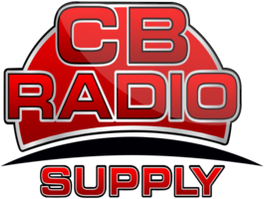
The History of CB Radio – Why Were Handles Created?
The History of CB Radio – Why Were Handles Created?
In the 1977 movie Smokey and the Bandit, Bo Darville, played by Burt Reynolds, had the CB handle of ‘The Bandit’. His trucker friend, Cledus Snow (Jerry Reed) had the handle of ‘Snowman’.
Why did they have handles in the first place?
From ‘The Bandit’ and ‘Snowman’ to Kris Kristofferson’s ‘Rubber Duck’ persona in the movie Convoy, CB radio handles became huge in the mid-1970s. And not simply among truck drivers. Users with rigs in their sedans or homes also established handles to hide their identities. Today, you can create a handle through the internet.
The reason for these nicknames today stems from the CB radio craze of the 1970s. The creation of handles during that time was a little more serious.
The Age of Licensing
During the early years of Citizens Band, a user required a license to operate a radio. As the 70s rolled around, the fee was $20 to obtain this piece of paper. In addition to being formally recognized, strict rules and regulations were implemented. These guidelines limited antenna heights, restricted distance transmissions, and set call sign standards.
Users didn’t like these rules one bit. So, to hide their identities, they created fake names – handles – to prevent recognition. Not only did they do this to avoid regulators at the Federal Communications Commission (FCC) but also to be incognito when shipping items that were not quite legal.
For instance, in Smokey and the Bandit, Burt Reynolds’ character used his handle to hide from Jackie Gleason’s ‘Smokey’ to ship Coors beer to Atlanta, GA. Back in the 70s, Coors wasn’t available for sale on the East Coast.
After Licensing
Eventually, the FCC eased restrictions and reduced the licensing fee to four dollars. However, as license requests reached one million applications a month, they decided to rescind the fee. Yet, since they were regularly used, the handles remained and continue to this day.
